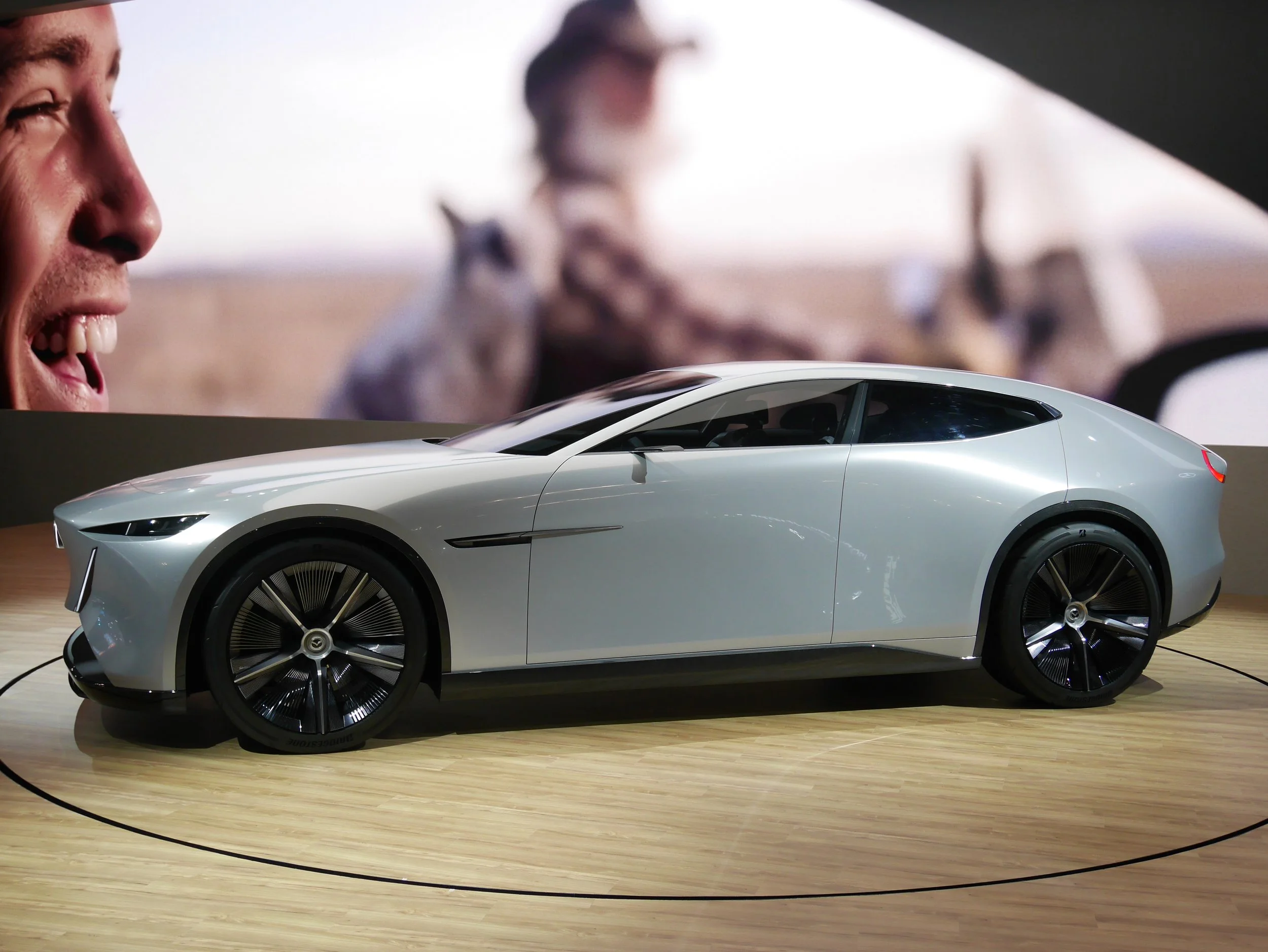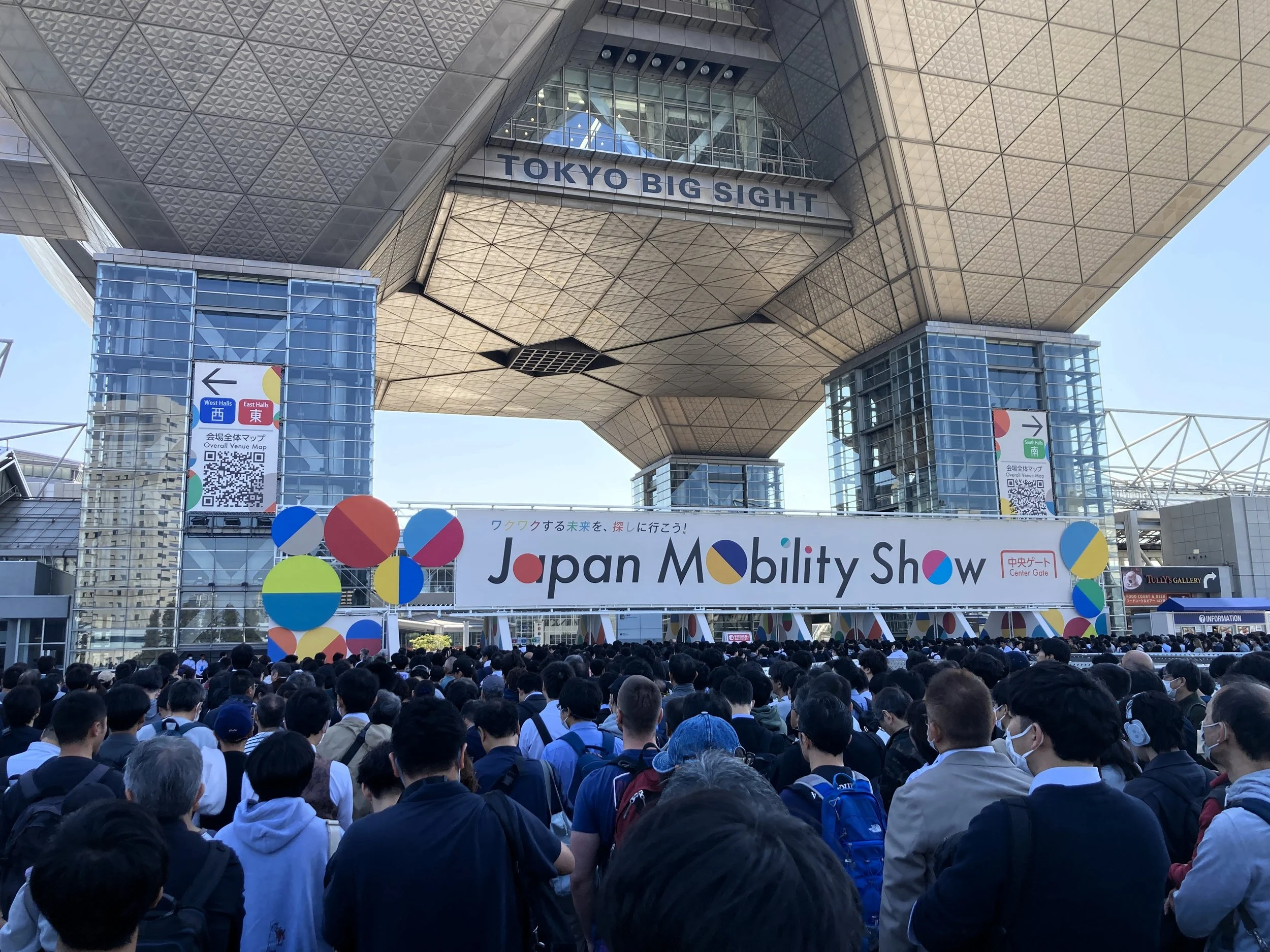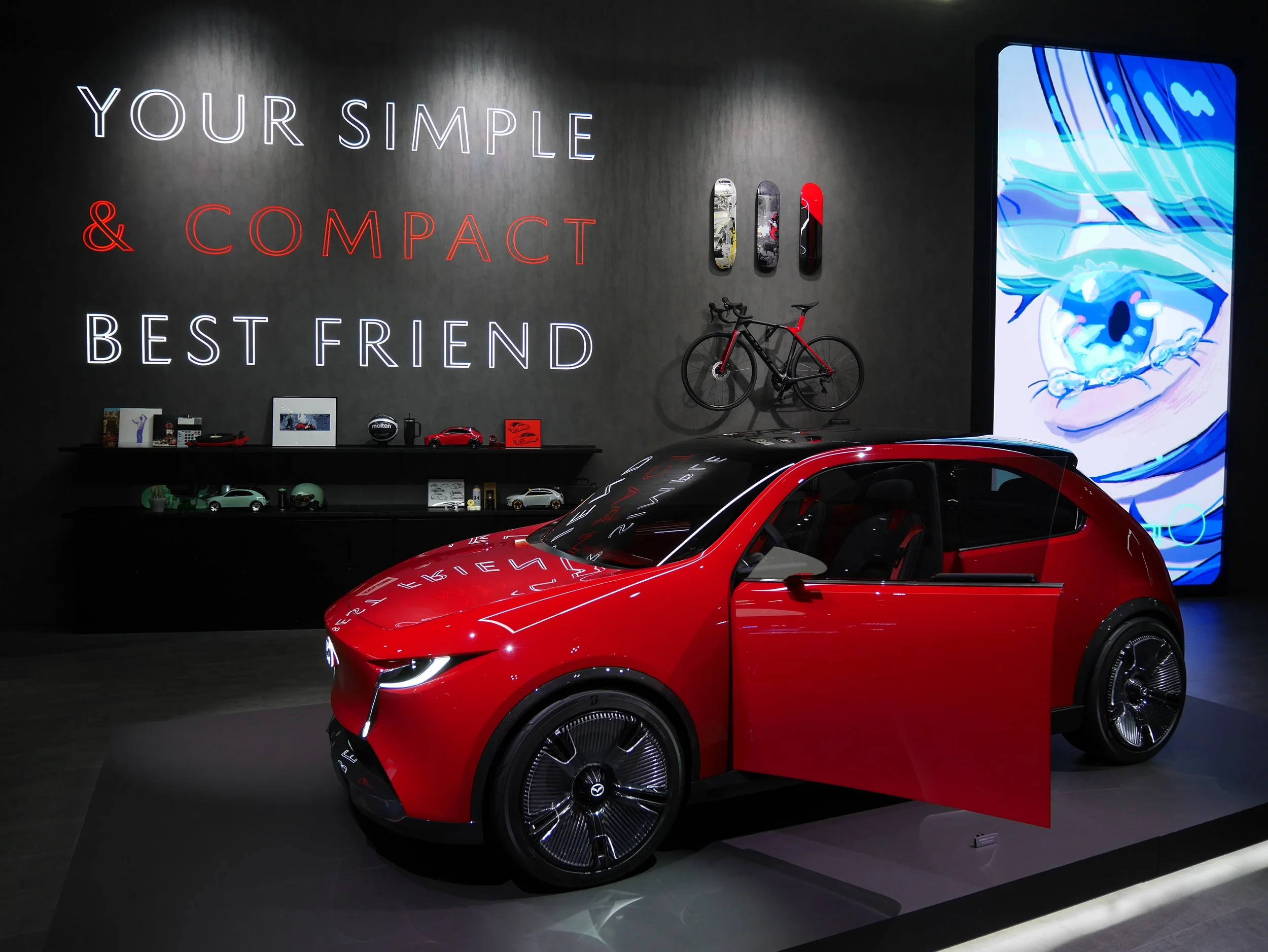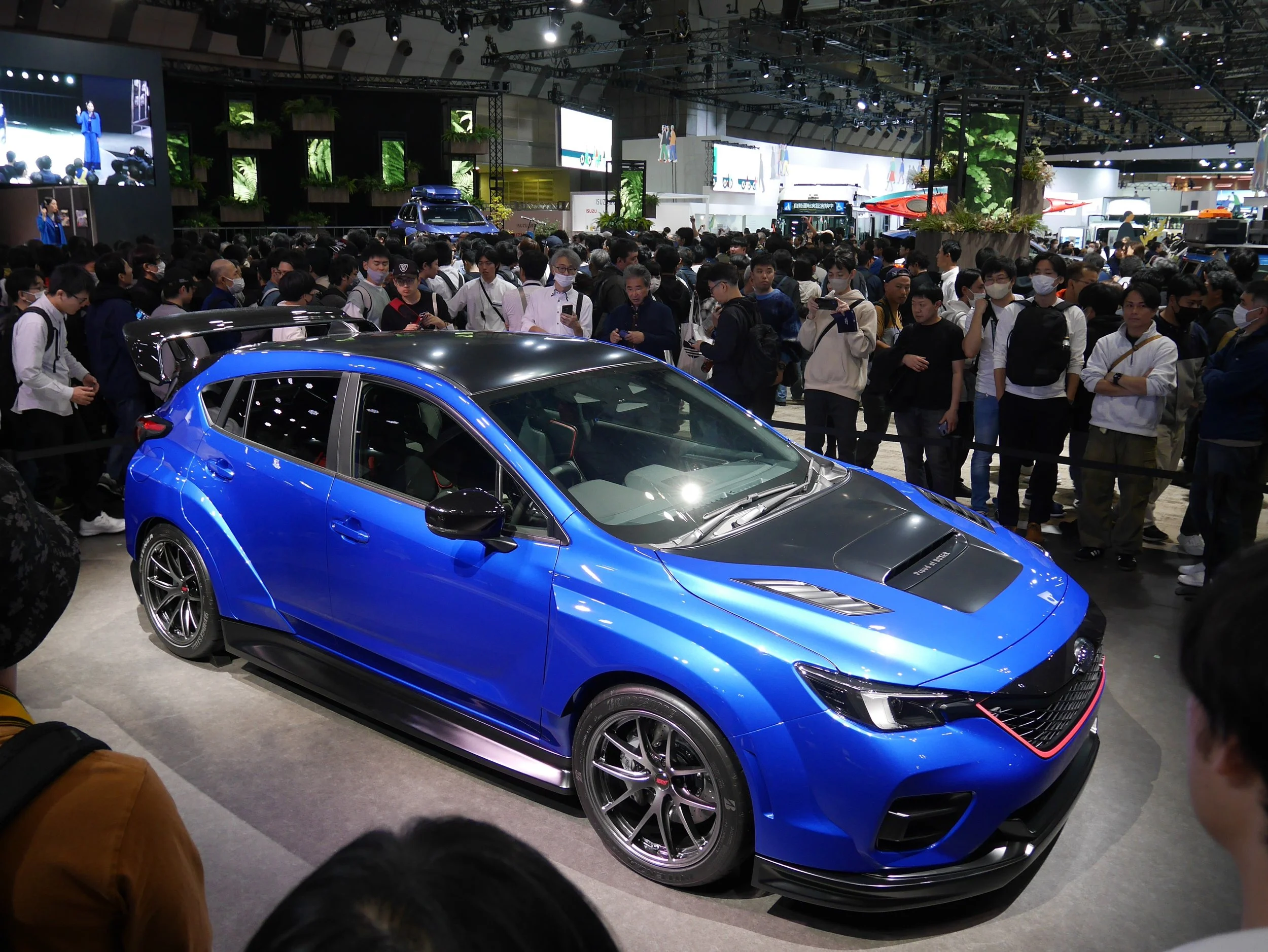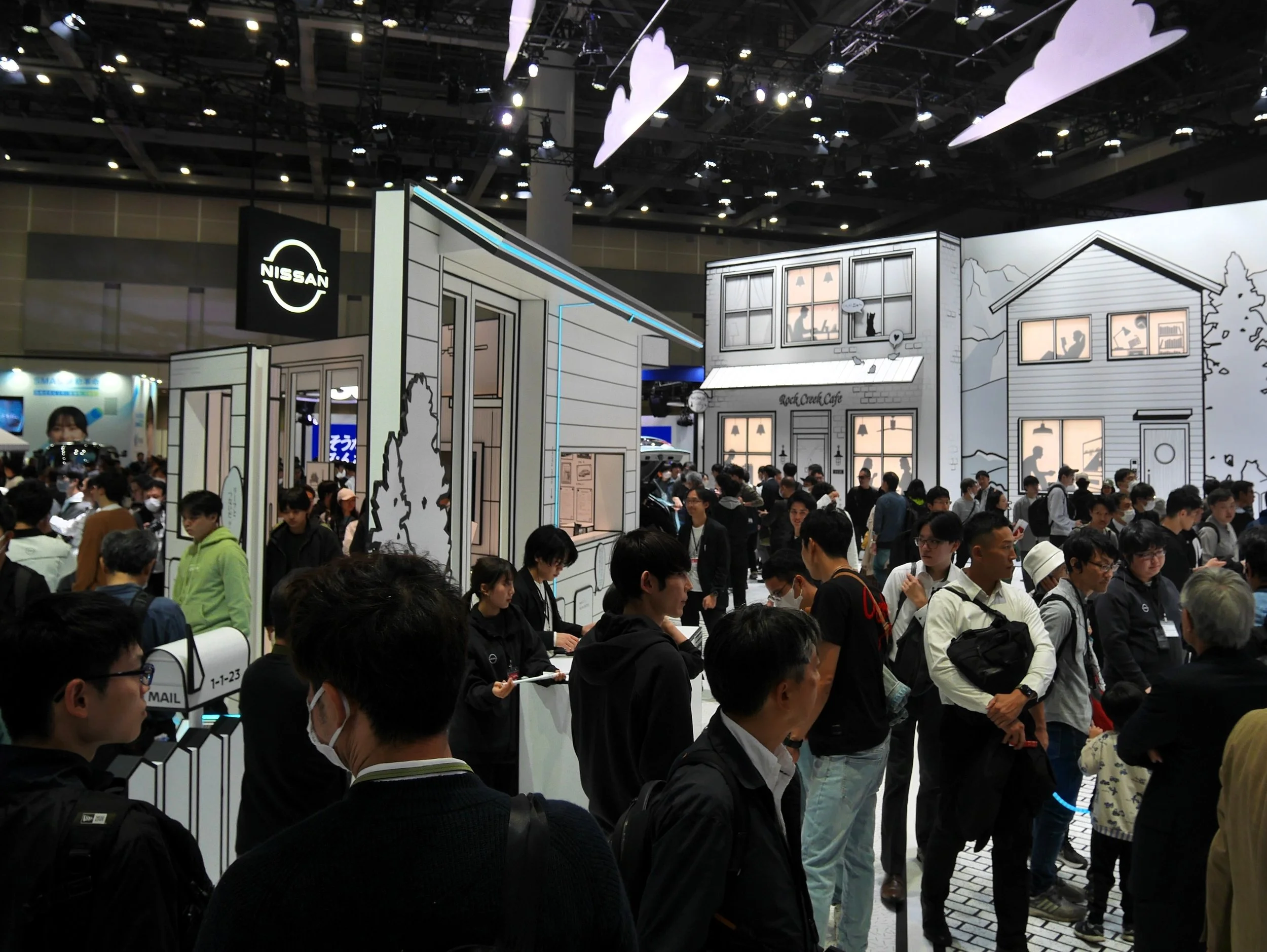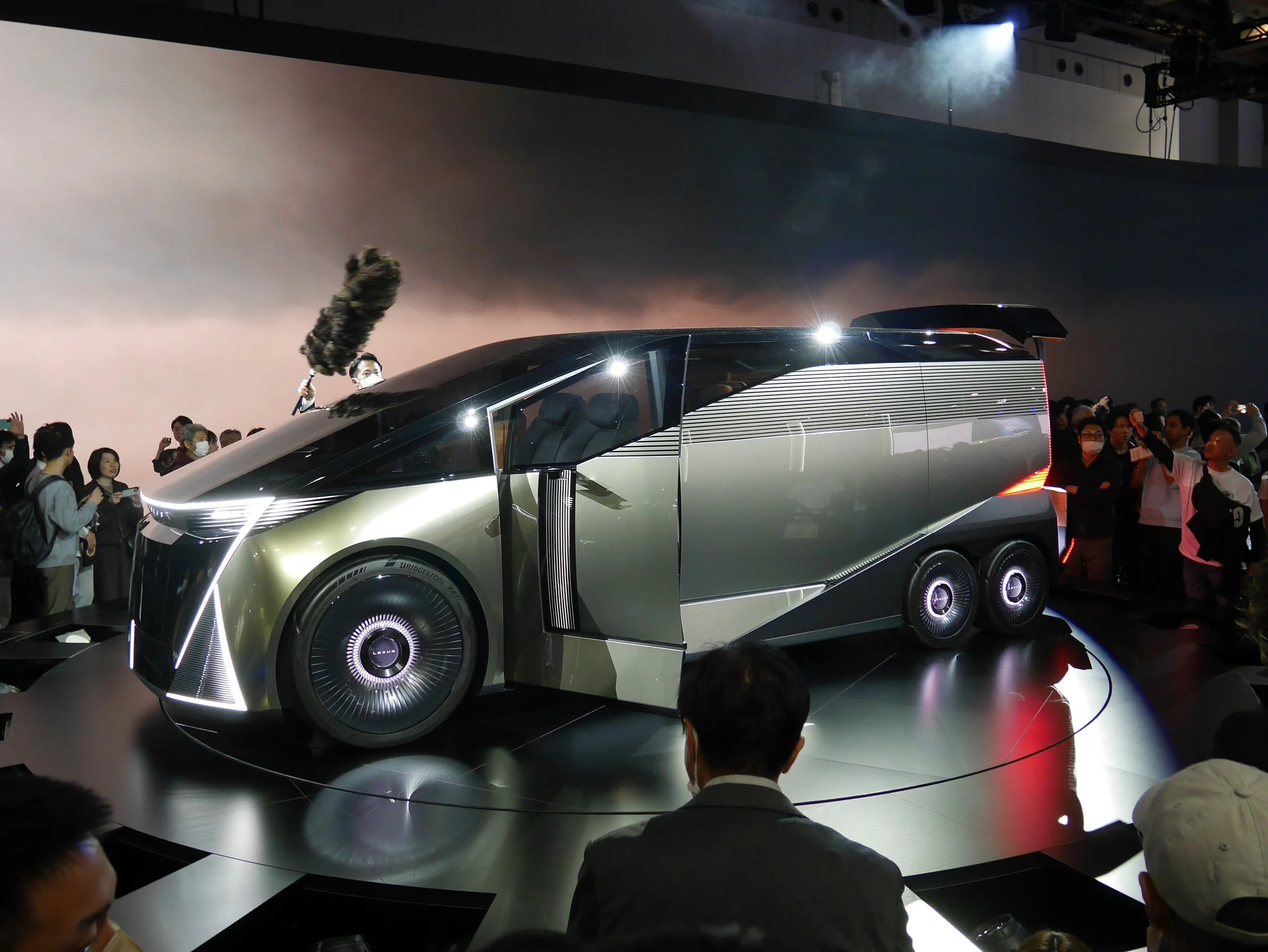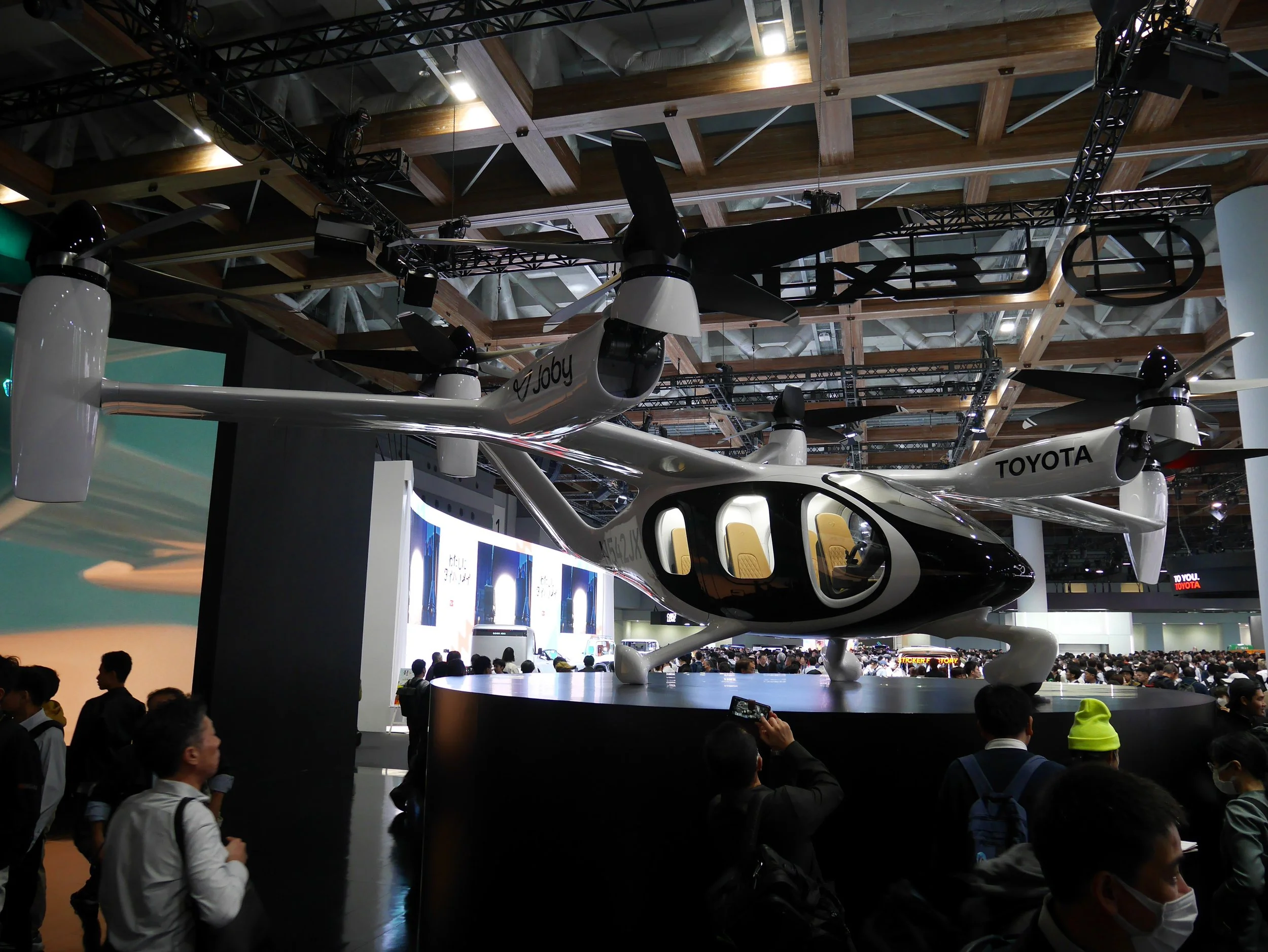Japan Mobility Show 2025 Overview: Highlights, Trends, and Captivating Cars
/The Japan Automobile Manufacturers Association (JAMA) hosts The Japan Mobility Show (formerly known as the Tokyo Motor Show) every two years. And, like clockwork, every two years, I head to Tokyo Big Sight, perhaps against my better judgement, to face the inescapable throngs of people attracted to the show. With over 1 million attendees,¹ the 2025 event was no exception.
In my 2023 article, I focused on the show’s rebranding and what it was like to return to the event after a pandemic-induced hiatus. This year, it felt like the show had settled into its new role as a mobility event instead of a traditional car show, with the obligatory planes, VTOLs, and boats stuffed into various exhibition halls. That being said, many automakers retreated slightly from the new theme, as I noticed a greater emphasis on traditional four-wheeled vehicles as opposed to air taxis and personal mobility machines. For example, Subaru’s flying car concept, which took center stage in 2023, was nowhere to be seen at this year’s show. Additionally, Honda sidelined its UNI-ONE personal mobility device to the Tokyo Future Tour 2035 exhibit, whereas in 2023, it was a primary crowd pleaser in the company’s main show space. This move is logical from a thematic perspective, but it certainly made the UNI-ONE much easier to miss this year.
Revisiting Subaru, Mazda, and Nissan
It was intriguing to see how various brands have shifted their positioning since 2023. Two years ago, Subaru seemed to shun sports cars. Yet, this year, they had two performance models front and center: the Performance-E STI and Performance-B STI concept cars. On the other hand, in 2023, Mazda celebrated the legendary Roadster and showcased the super sporty Iconic SP. However, this year, every car on the show floor was of the practical variety. Despite its beauty and revolutionary power train (a rotary engine, powered by microalgae and capable of carbon capture), the Mazda Vision X-Coupe (pictured at the top of this article), which took center stage, is more of a luxury vehicle than a sports car.
The Subaru Performance-B STI
Nissan was the most consistent brand, once again displaying as many models as possible, mimicking the traditional auto show experience. I found it ironic that despite the company’s financial trouble, Nissan easily had one of the most elaborate floor space designs, depicting quaint suburban life. Of course, their floor space was marred with a GT-R-sized hole, as the company had disappointingly stopped producing this venerable supercar mere months before the show.
All Hail Toyota
Perhaps it comes as no surprise, but Toyota was the most awe-inspiring brand at this year’s show. The company went all out, reserving an entire hall to showcase their vehicles. Toyota leaned into its history by featuring the first vehicles it ever produced (the Model AA car and G1 truck), likely brought in from the awe-inspiring Toyota Automobile Museum near Nagoya.
The historic Toyota G1 Truck
By generating tons of pre-show hype with the mini-revival of the beloved FJ Cruiser (the Land Cruiser FJ) and the six-wheeled Lexus LS Concept, Toyota had already primed the multitudes to make a beeline toward its automotive bastion. Additionally, a constant flow of grandiose stage shows filled with music and dance routines projected the company’s dominance to the world. Toyota is the Japanese auto industry. Their presence loomed large over the event, and no other automaker came close.
The Lexus LS Concept
Was the Japan Mobility Show Worthwhile?
Overall, was it worth the commute and the crowds to attend yet another edition of the Japan Mobility Show? Sure, as exhausting as the experience can be, it’s hard not to be amused by a convention center filled with four-wheeled fantasies and the allure of what may lie on the industry’s horizon.
the toyota the Land Cruiser FJ
However, if you’re planning to attend the next show, presumably in 2027, be sure to purchase the early access ticket (assuming JAMA offers it again). That extra hour of breathing room may be the only window where the show feels less like a shoulder-to-shoulder procession and more like what it promises to be: a chance to lose yourself in the past, present, and future of human mobility.
¹Japan Automobile Manufacturers Association. “Japan Mobility Show 2025 Closes.” Japan Mobility Show 2025 Website. Accessed November 12, 2025. https://www.japan-mobility-show.com/.

